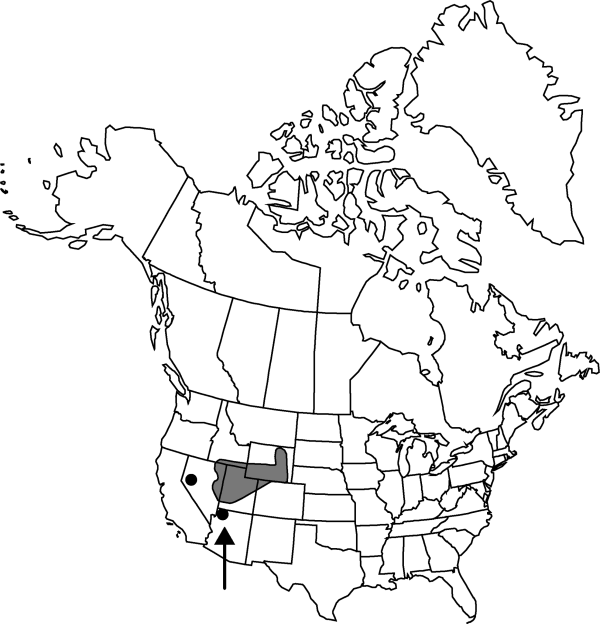Atriplex gardneri var. utahensis
Vasc. Pl. Wyoming, 296. 1988.
Subshrubs, dioecious or sparingly monoecious, mostly 1–10 × 2–15 dm. Stems decumbent to erect. Leaves tardily deciduous, alternate or some subopposite proximally; petiole to 3 mm; blade linear to oblong, 8–50 × 2–15 mm, 2–5(–10+) times longer than wide. Staminate flowers yellow or occasionally brown, in glomerules 2–4 mm thick, in terminal panicles 4–30 cm. Pistillate flowers in panicles similar to staminate ones. Fruiting bracteoles sessile to short stipitate, body mainly flattened and broadly cuneate, 2–4.5 × 3–5 mm, apex with a terminal tooth to 2 mm, subtended by 2–11 lateral teeth, surface lacking tubercles to densely tuberculate. Seeds 1–2 mm wide. 2n = 18, 36, 54.
Phenology: Flowering summer–fall.
Habitat: Greasewood, shadscale,alkali sacaton, kochia, saltbush, saltgrass, and sedge-rush communities, on fine-textured saline substrates
Elevation: 1200-2100 m
Distribution

Ariz., Colo., Idaho, Nev., Utah, Wyo.
Discussion
Materials from eastern Utah have leaves narrower on the average than those from the Great Basin and more heavily tuberculate bracteoles. C. A. Hanson (1962) regarded intermediate materials from Wellington in Carbon County, Utah, between Atriplex gardneri var. utahensis and var. cuneata as A. cuneata var. introgressa C. A. Hanson. H. C. Stutz and S. C. Sanderson (1998) attempted to reinstate the name A. nuttallii for a portion of the variation included herein within var. utahensis, i.e., that portion with more elongate stems and clump-forming habit, morphologic features with apparently negligible taxonomic significance.
Selected References
None.